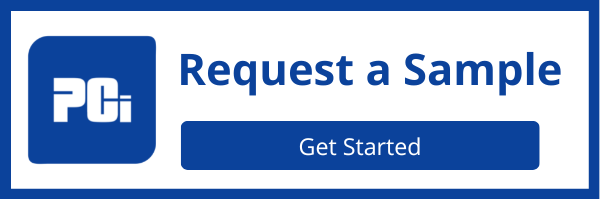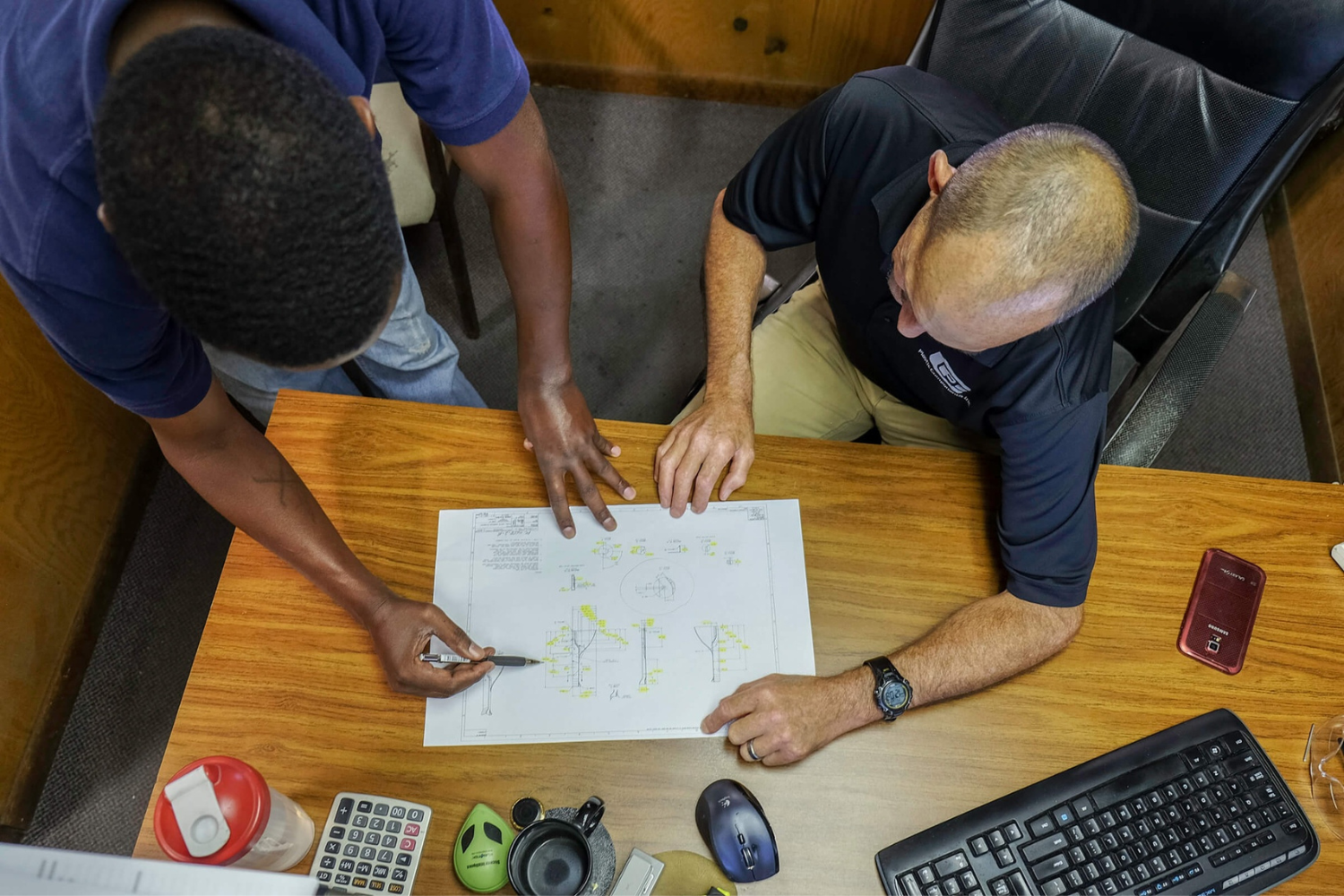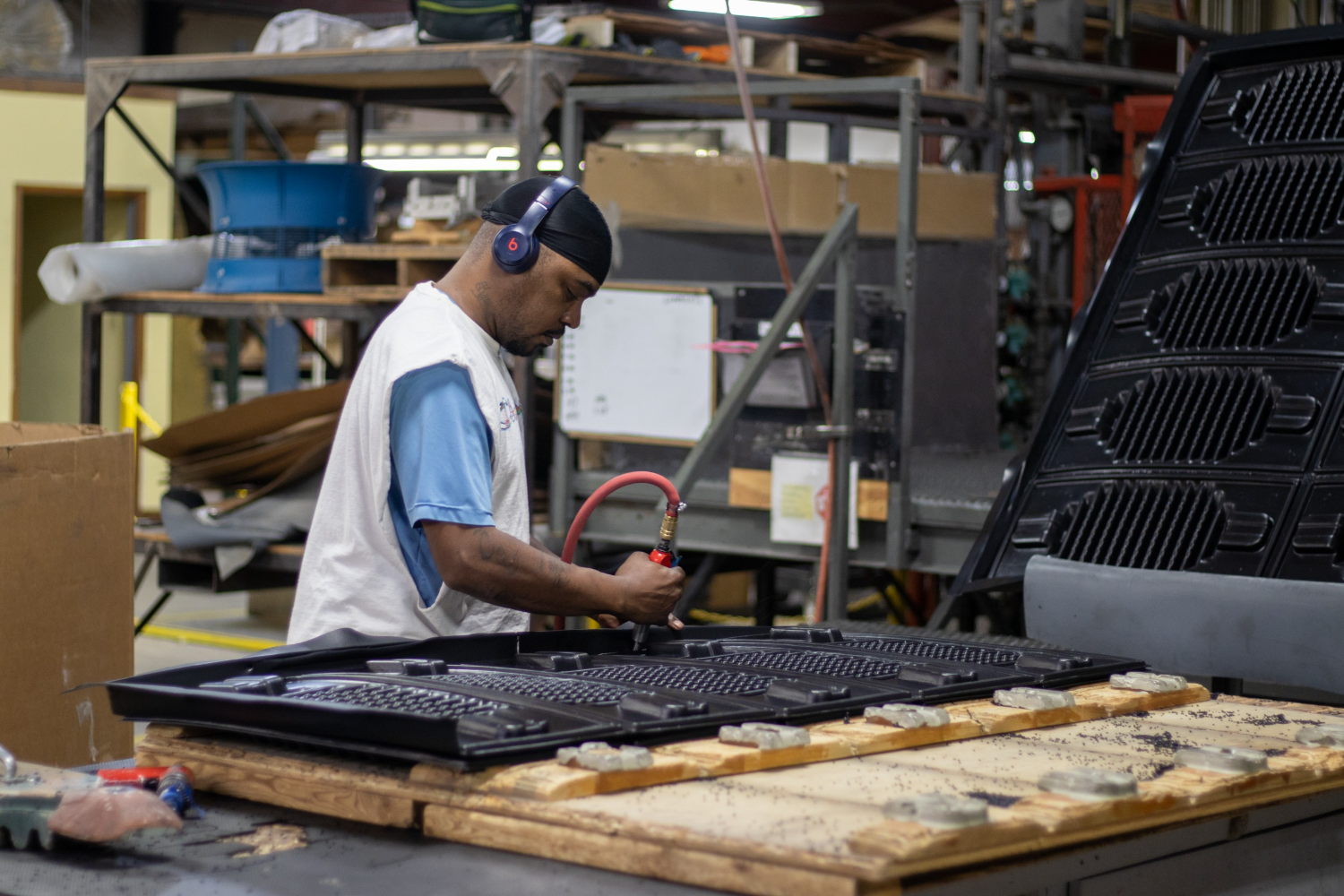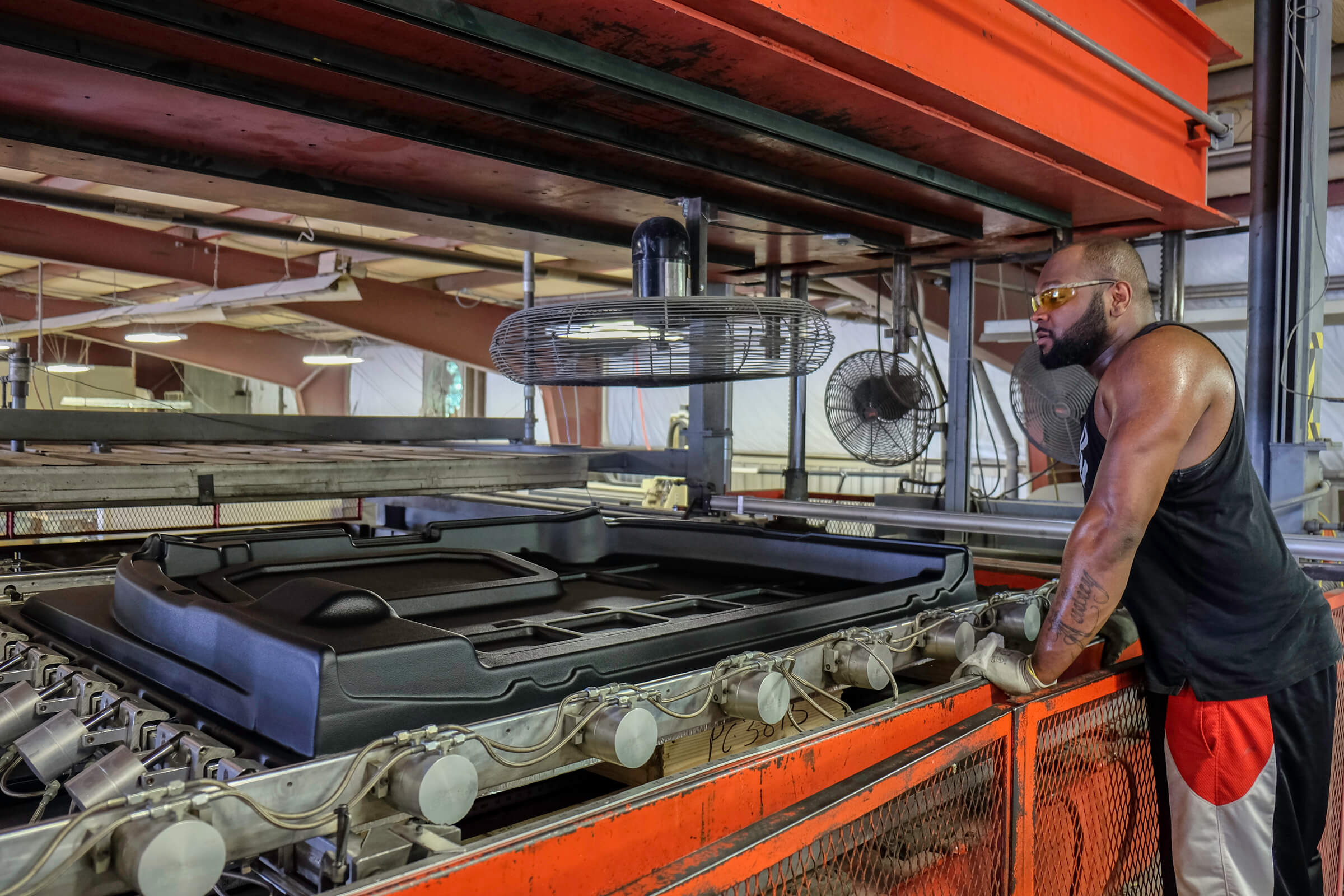Advantages of Thermoforming: Creating Complex Parts with Precision and Flexibility
Thermoforming is a manufacturing process that involves heating a thermoplastic sheet to a specific temperature and forming it into a desired shape using a mold. .jpg?width=400&height=267&name=Part%20Trimming%20(2).jpg) In this article, we will discuss the advantages of thermoforming, including the ability to create complex parts with design flexibility and precision, the guarantee of tight tolerances, seamless edges, corners, and precise dimensions, unlimited texture and finish options with tool design, easy modification of designs, and the ability to produce parts that fit together, low machine times translating to lower lead times, and the option to use a wide range of application-specific, recyclable thermoplastic materials.
In this article, we will discuss the advantages of thermoforming, including the ability to create complex parts with design flexibility and precision, the guarantee of tight tolerances, seamless edges, corners, and precise dimensions, unlimited texture and finish options with tool design, easy modification of designs, and the ability to produce parts that fit together, low machine times translating to lower lead times, and the option to use a wide range of application-specific, recyclable thermoplastic materials.
Achieve Complex Parts with Design Flexibility and Precision
Thermoforming is used to create parts with complex organic curves and features. This is because the plastic sheet can be heated and molded into any shape.
This one attribute makes thermoforming a versatile process that allows for producing complex parts with design flexibility and precision. With thermoforming, manufacturers create intricate shapes, curves, and angles that would be difficult or impossible to achieve with many manufacturing processes. This flexibility in design allows OEMs to produce a wide range of products that meet specific requirements, from automotive parts and medical devices to consumer goods and packaging.
Thermoformed Parts Have Repeatable Tolerances, Seamless Edges, Corners, and Precise Dimensions
Thermoforming guarantees tolerances are similar to other large-part manufacturing processes, seamless edges, corners, and precise dimensions, ensuring that every part produced meets the required specifications. This is because the thermoforming process is highly repeatable, and the molds used in the process are designed to create parts with the same level of accuracy every time.
This consistency in part production is particularly important in industries where precision and quality are critical, such as aerospace and medical equipment manufacturing.
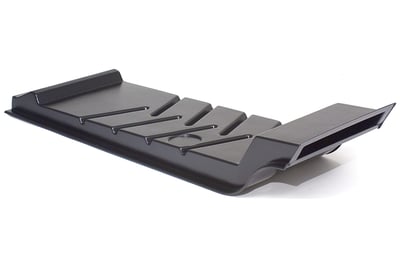 Unlimited Texture and Finish Options with Tool Design
Unlimited Texture and Finish Options with Tool Design
Thermoforming allows for a wide range of texture and finish options with tool design, allowing manufacturers to create products that meet specific aesthetic requirements. By altering the texture and finish of the mold, manufacturers can create parts with various surface finishes, including smooth, glossy, or matte.
They can also create textures that mimic the look and feel of other materials, such as wood or stone. This versatility in texture and finish options makes thermoforming an attractive option for producing consumer goods, automotive parts, and medical equipment.
Easy to Modify Designs and Ability to Produce Parts That Fit Together
Thermoforming allows for easy modification of designs and the ability to produce parts that fit together seamlessly. This is because the molds used in the process can be easily modified or replaced, allowing manufacturers to change the part's design without needing costly tooling changes.
Additionally, thermoforming allows for producing multiple parts that fit together perfectly, such as packaging and enclosures. This ability to produce parts that fit together seamlessly reduces assembly time and improves the overall quality of the final product.
Low Machine Times Translates to Lower Lead Times
Thermoforming design teams can produce prototypes within weeks, a significantly shorter time than injection molding and metal stamping technologies, which can take months. Quick tooling modifications enable companies to introduce new products more swiftly and make ongoing updates without disrupting just-in-time manufacturing requirements.
Thermoforming cycle times are quicker than similar molding processes, including rotational molding, SMC/compression molding, and open-face FRP, which translates to lower lead times and parts in minutes and lower production costs.
Wide Range of Application-Specific, Recyclable Thermoplastic Materials
Thermoforming allows for using a wide range of application-specific, recyclable materials, making it a sustainable manufacturing process. Common materials include ABS, HDPE and HMWPE, PVC, polycarbonate, polystyrene, and TPO. Common name brands for these materials include Royalite, Lexan, KYDEX® Thermoplastics, Boltaron, and Simona.
Part design for thermoforming of heavy gauge thermoplastic sheet, typically with thicknesses of 0.060 in./1.5 mm or greater, is a multi-step process that involves several interrelated components. These steps include CAD modeling, material selection, tooling design, build, and prototyping.
This process should involve collaboration among the thermoforming vendor, suppliers, and customers, drawing on their collective expertise for optimal results.
